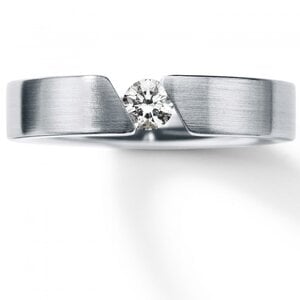crbl999
Brilliant_Rock
- Joined
- Jan 21, 2010
- Messages
- 567
My diamond arrives today!! With the help of Brittany at WF I selected a .30 F VS1 ACA.
https://www.whiteflash.com/loose-di...clarity-round-ideal-cut-sku-a4557698?a_aid=PS
Finalizing my ring design and here is what I have so far. @kenny I know you have worked with Bruce and have extensive experience with tension rings. Anything you would change or add to the below?
My main questions are gap between the culet and bottom of the ring? Set diamond flush with band or slightly above? If slightly above, how high would you set it (where the bezel facet, star facet, and upper half facets meet)?

https://www.whiteflash.com/loose-di...clarity-round-ideal-cut-sku-a4557698?a_aid=PS
Finalizing my ring design and here is what I have so far. @kenny I know you have worked with Bruce and have extensive experience with tension rings. Anything you would change or add to the below?
My main questions are gap between the culet and bottom of the ring? Set diamond flush with band or slightly above? If slightly above, how high would you set it (where the bezel facet, star facet, and upper half facets meet)?
- Brush black zirconium
- 5mm width
- Comfort fit
- Diagonal cut (backslash orientation)
- Slightly rounded diagonal cut tips (just enough to remove the sharp points)
- Put the finger hole offset away from the stone side. That leaves the stone side slightly thicker, the bottom thin, and the space between fingers to be mid-way between.
- .5 mm gap between the culet of the diamond and the bottom of the ring (portion that touches my skin)
- Diamond set so table is higher than the ring to allow maximum light exposure while still being securely set.








300x240.png)